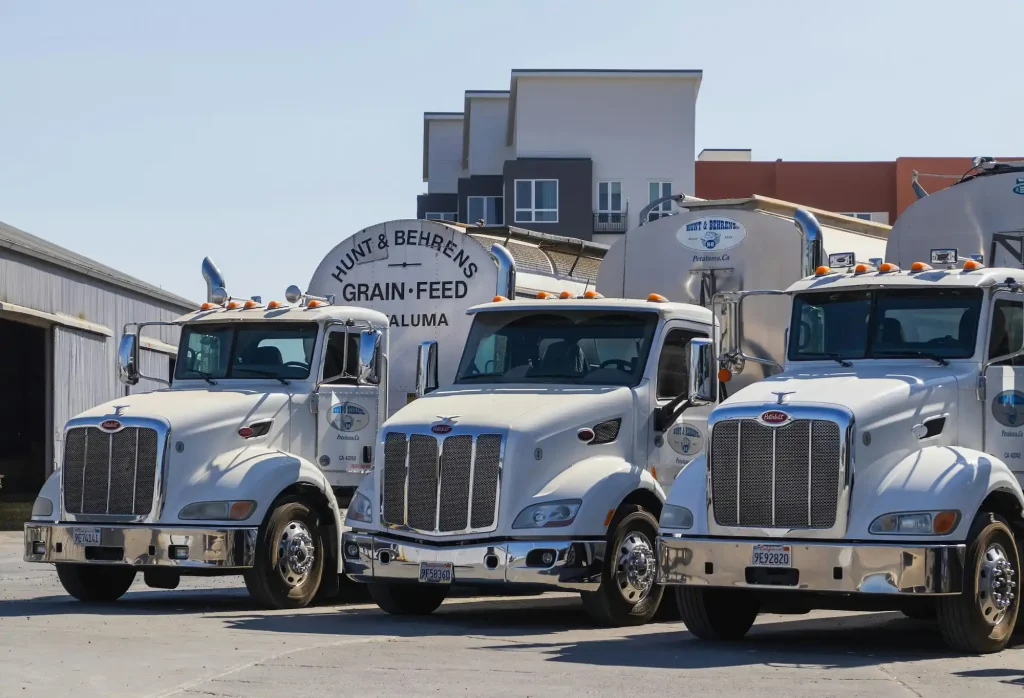

Over the past few years, the Laredo port has gained attention from manufacturers in both the United States and Mexico. As global supply chains shift, more companies are moving production out of China and other Asian countries into Mexico. This reallocation creates a new logistics landscape with huge opportunities and some serious challenges.
To give you an idea of the scale:
Laredo is positioned to become one of the world’s most important land ports. But it already faces congestion challenges: trucks often wait hours at the border, delaying product deliveries and increasing logistics costs.
According to U.S. Census Data, more than $800 million USD worth of goods passed through this land port every day in 2022 from auto parts and electronics to avocados and household appliances. Laredo crossings now account for 40% of all trade between Mexico and the United States.

When you look at a map of North America, Laredo sits right in the center of the U.S., making it a strategic distribution point. Companies can ship goods to either the East Coast or the West Coast in roughly the same amount of time.
While other border cities, like Tijuana/San Diego or Ciudad Juárez/El Paso, are major trade hubs, Laredo is seeing the largest surge in activity. Here’s why:
Cross-border integration:
Some automotive and electronics components cross the border 3–6 times before final assembly. A fast, reliable port is essential.
Several global factors have accelerated this nearshoring in Mexico trend:
This shift has attracted major foreign direct investment (FDI) to Mexico:
The Mexican government reports that more than 400 companies have shown interest in moving production from Asia to Mexico and that surge in demand will continue to impact infrastructure, logistics, and labor availability.

For manufacturers, suppliers, and logistics firms, this moment represents both opportunity and complexity. To make the most of Laredo’s growth and Mexico’s manufacturing surge, companies should consider:
Investing early: As infrastructure fills up, early movers will secure the best warehouse space, logistics partners, and workforce availability.
Many executives and economists believe China will remain a dominant supplier for certain goods. But with foreign investment in Mexico projected to grow through 2030, trade through Laredo is expected to keep increasing.
If Mexico and the U.S. can collaborate on infrastructure, labor training, and regulatory clarity, Laredo could indeed become the busiest port in the world, not just by volume, but by efficiency and strategic importance.
Start your business in Mexico with confidence – DIMSA is here to guide you every step of the way.
Contact us for more information.